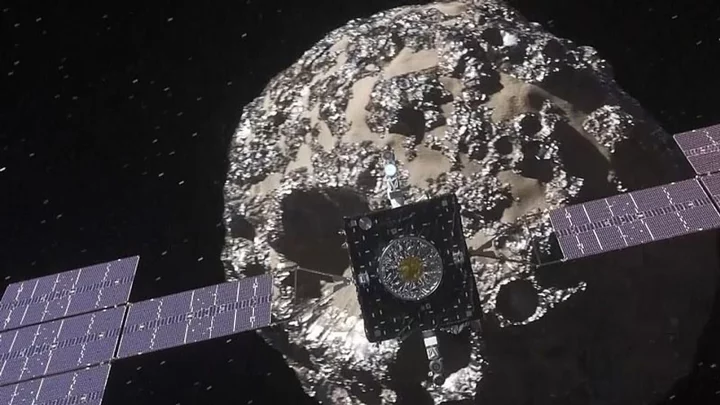
NASA discover signs of water and carbon on asteroid sample
NASA has lifted the lid on its first findings about the Bennu sample, one of the "most hazardous known asteroids". The highly-anticipated sample from the OSIRIS-REx’s mission took seven years to complete and finally made a safe landing on Sunday 24 September. Scientists audibly gasped upon opening the capsule. They kept details to a minimum and maintained a slow pace in progress for "good reason," as they received more material than expected. "The abundance of material found when the science canister lid was removed earlier this week has meant that the process of disassembling the TAGSAM (Touch-and-Go Sample Acquisition Mechanism) head – which holds the bulk of material from the asteroid – is off to a methodical start," they said a the time. That was until now... On Wednesday 11 October, the space agency shared details for the first time from NASA experts and the University of Arizona. NASA said there were signs of water and carbon on the sample through hydrated clay minerals that contain carbon. "At nearly 5% carbon by weight, carbon being the central element of life, far exceeding our goal of 60g, this is the biggest carbon-rich asteroid sample ever returned to earth," Administrator Bill Nelson said, adding that it was "exactly the kind of material that we wanted to find." He went on to suggest that "they are going to help us determine the origin of elements that could have led to life" and provide a greater understanding of how to protect Earth from asteroids. Scientists also revealed that the sample contained space dust from 4.5-billion-year-old asteroid Bennu. NASA showed the audience the sample on a video to protect the sample and to prevent contamination. Speaking about working through a glove box to analyse the sample, Francis McCubbin, astronomical curator at NASA's Johnson Space Centre said: "[It is] "hard, challenging work, and it does not go quickly, but we need to do this right". The samples will be preserved so that "scientists that aren't even born yet are going to have the opportunity to answer questions about our universe with these samples using technology that has not even been invented." Sign up for our free Indy100 weekly newsletter Have your say in our news democracy. Click the upvote icon at the top of the page to help raise this article through the indy100 rankings.
2023-10-12 16:21

GE HealthCare Introduces Vscan Air SL, a Wireless Handheld Ultrasound Device for Rapid Assessments of Cardiac and Vascular Patients
CHICAGO--(BUSINESS WIRE)--Aug 25, 2023--
2023-08-25 21:15

Logan Paul slammed over controversial tweet on boxing legend Floyd Mayweather: 'Stick to collecting Pokemon cards'
Currently, Logan Paul is focused on advancing in the WWE, where he has a more flexible schedule and only shows up for big matches
2023-06-10 12:29
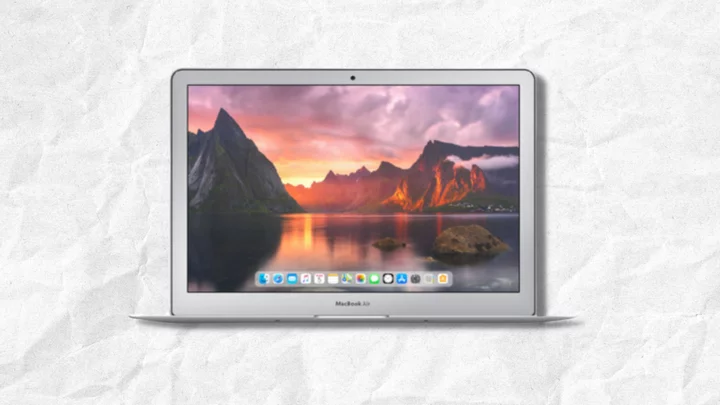
Bring home a refurbished MacBook Air for just $400
TL;DR: As of Sept. 1, you can get a refurbished MacBook Air (Core i5, 8GB
2023-09-01 17:17
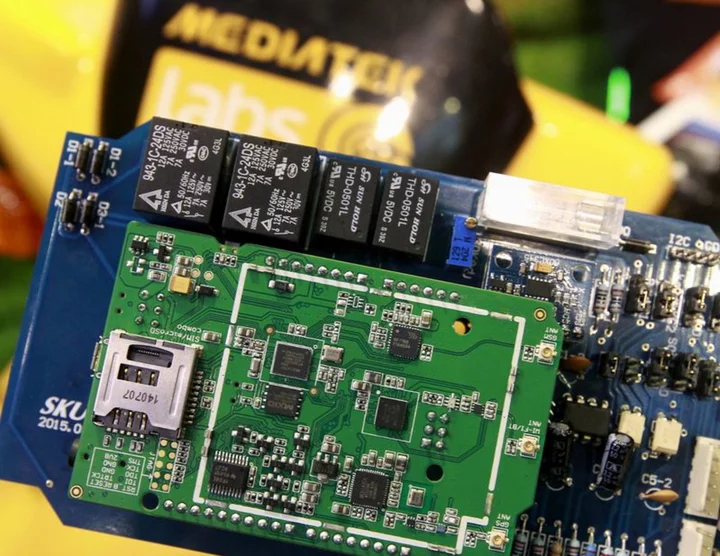
Arm rolls out new smartphone tech and MediaTek signs up to use
By Jane Lanhee Lee and Stephen Nellis Arm Ltd on Monday rolled out new chip technology for mobile
2023-05-29 09:23
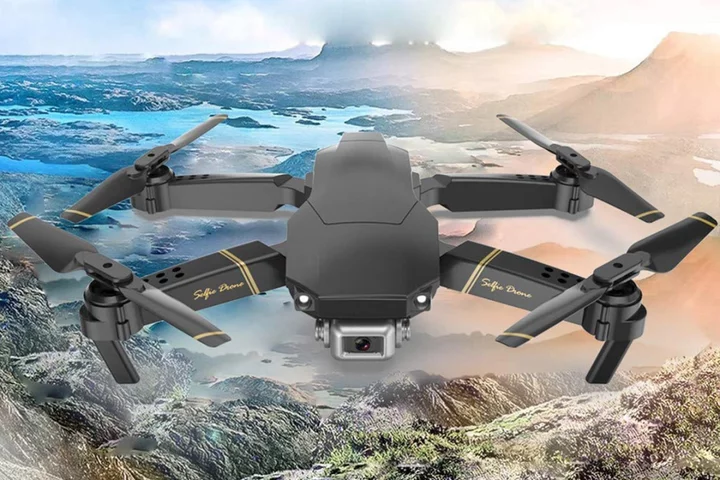
Capture 4K content with this durable drone, now $100
TL;DR: As of September 17, get this Global Drone 4K Platinum Version for only $99.99
2023-09-17 17:16

Cheap Coal Hampers Green Shift in Emerging World, Says Macquarie
Cheap fossil fuels are holding up developing nations’ efforts to move toward green alternatives, highlighting the need to
2023-11-10 11:23

The best Apple deals you can shop this Labor Day weekend, including a bunch of record lows
The best Labor Day Apple deals at a glance: Best AirPods deal Apple AirPods Pro
2023-09-02 03:20

Get the Roomba s9+ for 25% off, plus more Roomba deals
UPDATE: Jun. 16, 2023, 4:55 p.m. EDT This story has been updated with the latest
2023-06-17 05:22
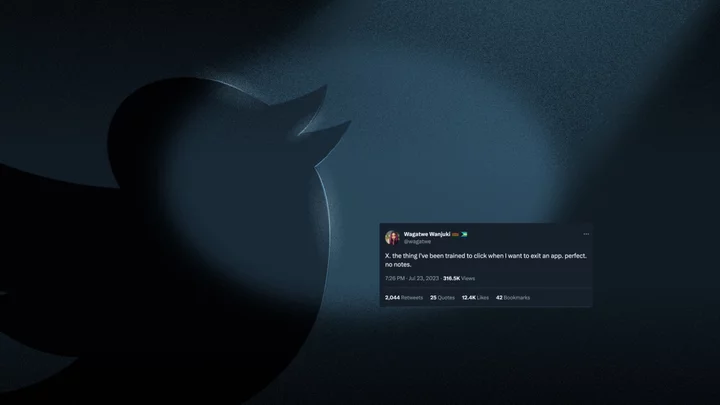
Twitter 'X' renaming gathers the internet to warm itself around the garbage fire
Elon Musk rebranded Twitter as "X" and the internet reacted with jokes and befuddlement. The
2023-07-24 22:53

What’s the Difference Between a Router and a Modem?
You need to set up both a router and a modem if you want Wi-Fi internet in your home, but there are major differences between the two devices.
2023-08-15 02:21

The strongest Roomba is at record-low pricing this Prime Day — get it for $400 off
SAVE $400: As of July 11 (the first day of Prime Day), the iRobot Roomba
2023-07-12 03:58
You Might Like...

The Disputed Truth Behind the Cheetos Underdog Movie 'Flamin' Hot'
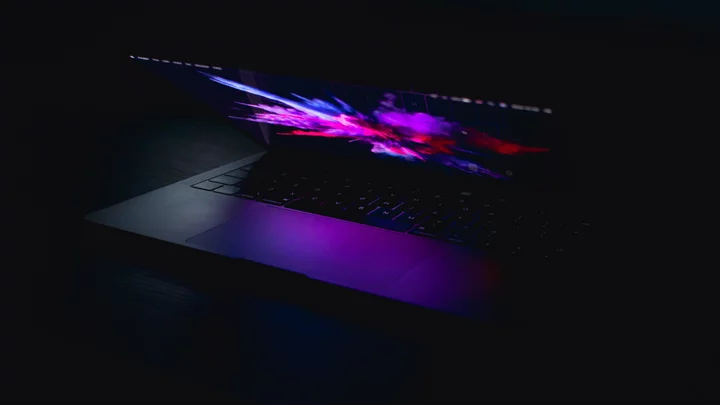
How to unblock porn sites for free

SundaySky Introduces Generative AI to Assist and Accelerate Video Creation

How to watch the UEFA Europa Conference League final online for free
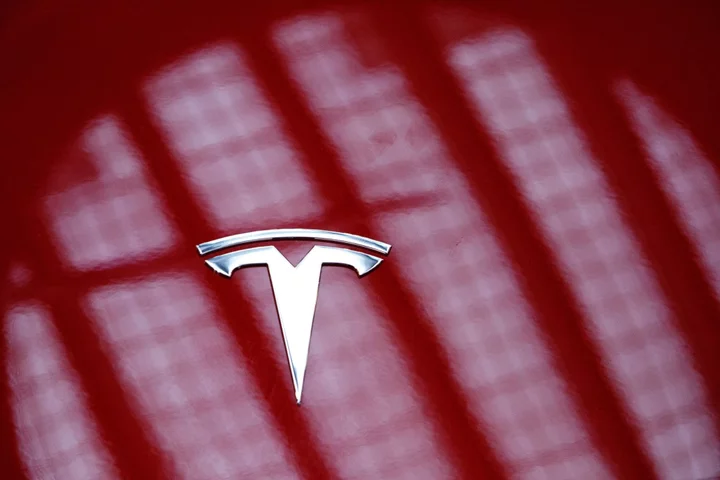
Tesla Unlikely to Pursue Indonesia Plant Soon, Panjaitan Says

Cooke Announces the New SP3 Full Frame Cine Lens Line; More Info at B&H Photo

Register Now for a Chance to Attend Nintendo Live 2023! Come Celebrate Nintendo With Fans of All Ages

DuckDuckGo CEO says Google's billions got in the way of a deal with Apple
